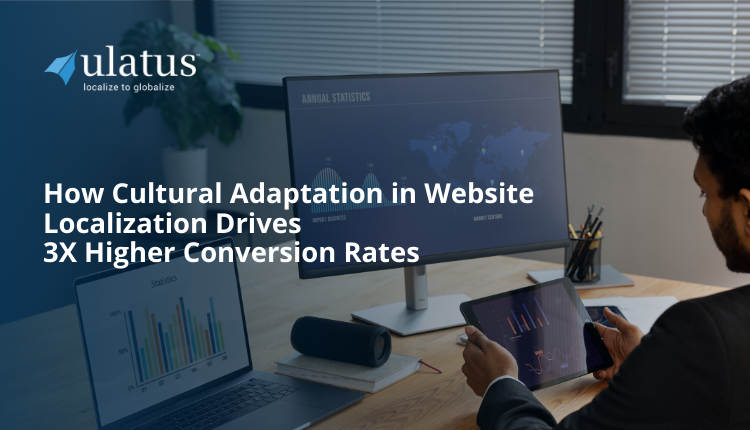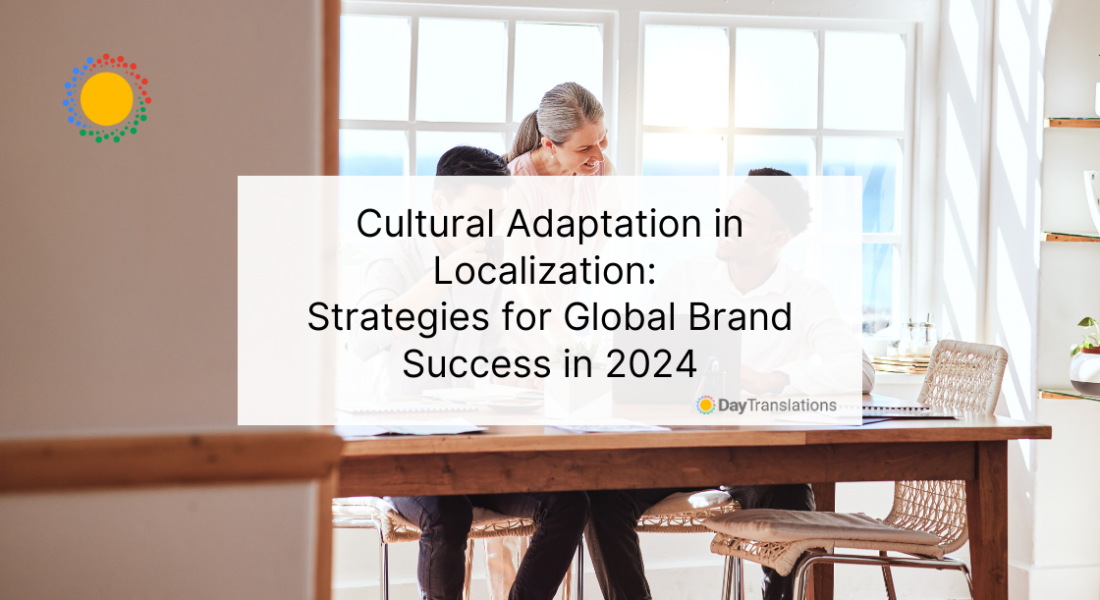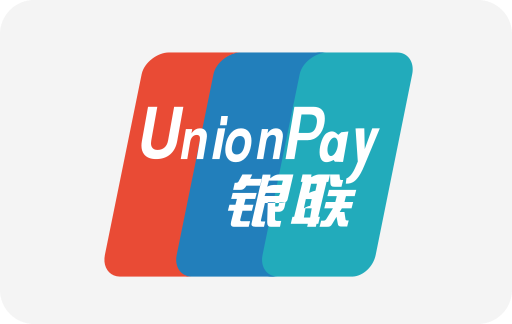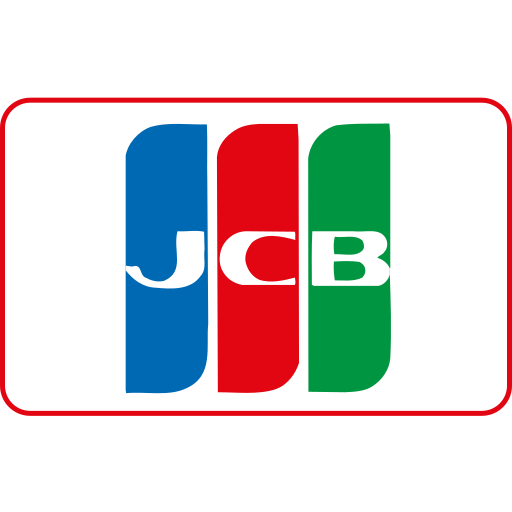Localizing website content for target audiences involves adapting your website’s language, design, and functionality to meet the cultural, linguistic, and technical preferences of specific regional markets. This process goes beyond simple translation to include cultural nuances, local SEO, and user experience adjustments to make your website relevant and engaging for each target audience.
Key steps and best practices for effective website localization include:
-
Market Research
Understand your target audience’s language, cultural preferences, local regulations, and market behavior. This research helps tailor content that resonates and complies with local norms. -
Local Keyword Research and SEO Optimization
Conduct keyword research specific to each locale to optimize your content for local search engines and user intent. Use hreflang tags to indicate language-region combinations, localize meta titles, descriptions, and alt text, and maintain consistent URL structures (e.g., /en/, /fr-ca/). Also, consider the preferred search engines in the target market, as not all countries use Google predominantly. -
Content Adaptation Beyond Translation
Adapt idioms, cultural references, images, and formats (dates, currencies, addresses) to local expectations. Employ native speakers or local experts to review translations to avoid awkward phrasing or errors common in machine translations. -
Consistent NAP Information
Ensure that name, address, and phone number (NAP) details are accurate and consistent across the website and external listings to build trust and improve local search rankings. Use structured data markup (e.g., LocalBusiness schema) to help search engines understand your local presence. -
Technical and UX Considerations
Use geo-targeting tools to dynamically display region-specific content such as addresses or contact numbers without needing separate pages. Also, choose social media platforms and marketing channels that are popular with your target audience to enhance engagement. -
Team and Workflow Setup
Assign dedicated teams or individuals to manage localization workflows and use specialized tools or platforms (e.g., Lokalise, Smartling) to streamline translation and localization processes. Continuous localization—regularly updating content—is important to keep the site relevant.
By following these practices, your localized website will better connect with local users, improve search visibility, and ultimately drive engagement and conversions in each target market.




















Ang PH Ranking ay nag-aalok ng pinakamataas na kalidad ng mga serbisyo sa website traffic sa Pilipinas. Nagbibigay kami ng iba’t ibang uri ng serbisyo sa trapiko para sa aming mga kliyente, kabilang ang website traffic, desktop traffic, mobile traffic, Google traffic, search traffic, eCommerce traffic, YouTube traffic, at TikTok traffic. Ang aming website ay may 100% kasiyahan ng customer, kaya maaari kang bumili ng malaking dami ng SEO traffic online nang may kumpiyansa. Sa halagang 720 PHP bawat buwan, maaari mong agad pataasin ang trapiko sa website, pagandahin ang SEO performance, at pataasin ang iyong mga benta!
Nahihirapan bang pumili ng traffic package? Makipag-ugnayan sa amin, at tutulungan ka ng aming staff.
Libreng Konsultasyon